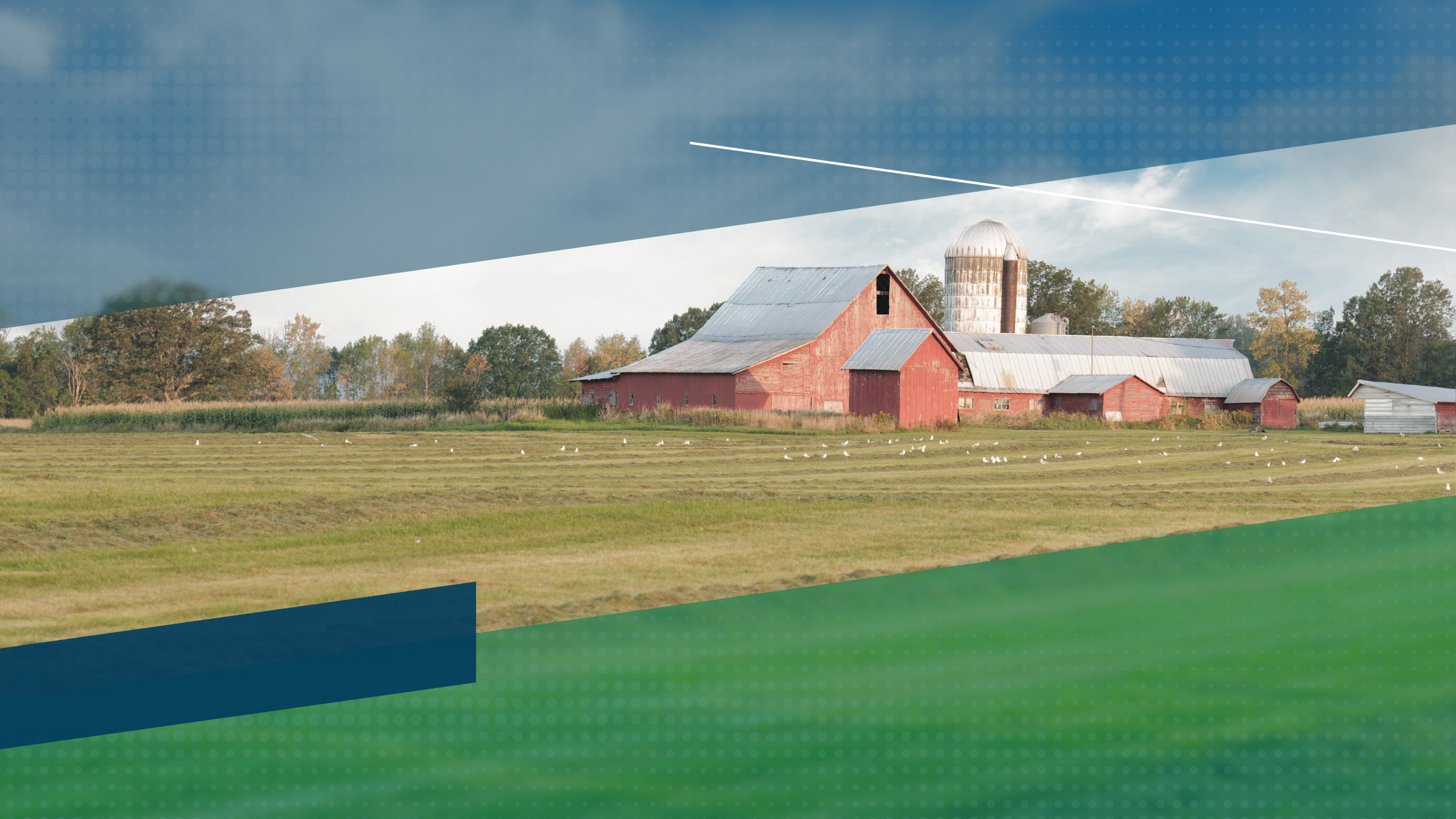Agricultural financial conditions were robust during the Fourth Quarter 2004, according to the Minneapolis Fed’s fourth-quarter agricultural credit conditions survey. Capital investment, household spending, loan repayments and land values increased. Profits increased as farmers and ranchers enjoyed strong prices and production. However, higher input costs took a bite out of otherwise hefty profits. Survey respondents expected a solid start to 2005 with stable profits and increases in capital investment.
Farm income, farm household spending and capital investment
“2004 was a good year,” commented a Minnesota lender. “Strong cattle prices and good crop yields” helped the bottom line, a Montana banker reported. Half of the lenders reported higher farm income in the fourth quarter, while 20 percent of respondents indicated lower income. “Farm input costs have risen substantially, primarily due to high energy prices,” wrote another Minnesota respondent. In addition, poor growing conditions during 2004 affected portions of Minnesota and North Dakota, where 24 percent and 36 percent of lenders, respectively, reported decreased customer income. “We had frost, both early and late that hurt the crop yield in the area,” said a Minnesota lender.
Household and capital spending followed the same pattern as profits. About half indicated increased capital spending and 40 percent revealed additional household spending.
Loan repayments and renewals
Loan repayments and renewals were level during the quarter. Nearly two-thirds indicated no change in repayments, and four-fifths reported no change in renewals or extensions. “Overall our agricultural portfolio is doing quite well,” wrote a Wisconsin banker. Meanwhile, finances were noticeably better in Montana as half the lenders revealed increases in loan payments and none reported decreases.
Demand for loans, required collateral and interest rates
Loan demand increased slightly during the fourth quarter. Thirty percent of lenders reported increases and 56 percent indicated no change. Only 5 percent of the respondents indicated that collateral requirements increased. However, interest rates increased during the fourth quarter, raising the cost of borrowing relative to the third quarter by about a fourth of one percentage point for both fixed and variable loans. All lenders indicated sufficient availability of funds to lend.
Land values
“A combination of bumper crop yields, good livestock prices and outside investor interest continues to create excellent local demand for available real estate,” wrote a South Dakota lender. “Rising interest rates may limit the escalating real estate values,” he added. Nonirrigated farm land and ranchland values increased from a year ago by an average of 15 percent. The highest reported average increases were from lenders in western Wisconsin, who reported a 23 percent increase in nonirrigated farmland. (Note: land prices can vary significantly, not only from state to state, but also from parcel to parcel. For more detailed information on agricultural prices, see Minnesota Land Economics.)Outlook
The outlook for farm income is stable as most respondents expect no change in farm income during the first quarter of 2005. Several producers planned to increase capital spending. “Expect capital spending to be higher as customers try to reduce their tax bill by taking advantage of accelerated depreciation. Household expenses will also likely be higher as customers release pent-up spending on items they felt they were unable to afford the last several years,” commented a Montana lender. Only 10 percent expected decreases in household spending during the first quarter of 2005. As a result, loan demand was anticipated to increase in early 2005: 45 percent expected increased demand and only 6 percent predicted a decrease. Across the district, almost all lenders expected to extend operating credit to their customers in 2005.
Appendices: State Fact Sheet | State Fact Sheet-Outlook





